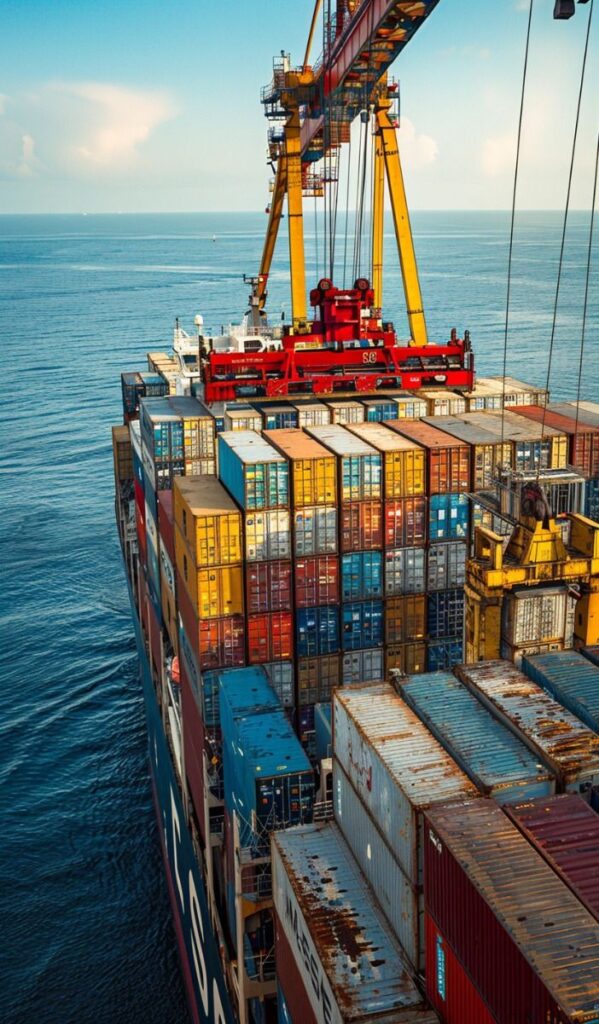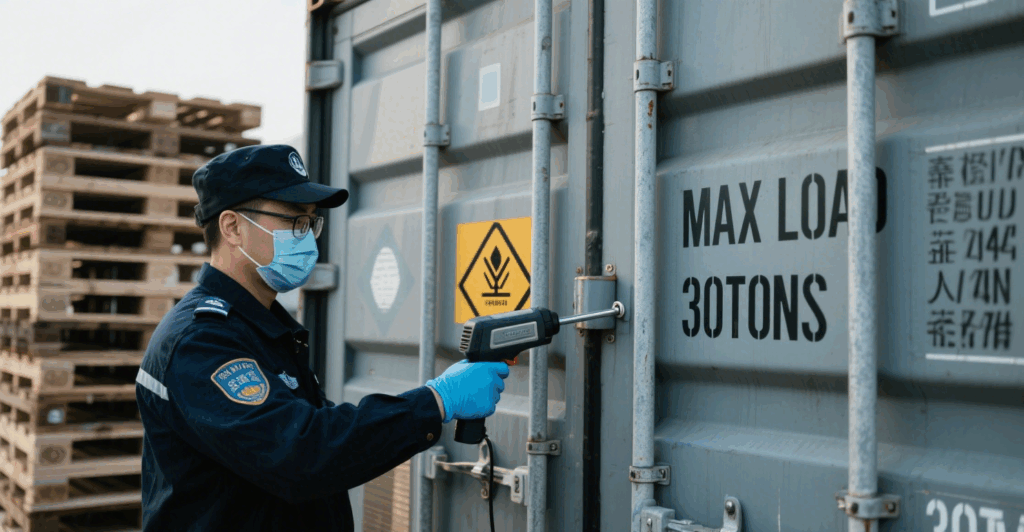1. What Is the Landing Cost?
Landing cost is the true cost of importing goods, factoring in everything from factory to your door. It includes the unit price, freight charges, import duties, port fees, and more. Understanding this cost helps businesses avoid profit loss and make informed pricing decisions.

2. Key Components of Landing Cost
| Cost Element | Description |
|---|---|
| Product Price | Amount paid to the supplier |
| International Freight | Charges for air, sea, or rail shipment |
| Insurance | Covers damages or loss during transit |
| Duties & Taxes | Based on HS code, country-specific tariffs |
| Port Fees & Handling | Wharfage, THC, or unloading costs |
| Customs Broker Fees | Charges for document processing |
| Inland Transportation | From port to warehouse or final destination |
| Miscellaneous Charges | Inspection fees, compliance certificates, etc. |
3. Shipping Modes, Time, and Terms
| Mode | Avg. Time | Cost Estimate | Best For | Common Terms |
|---|---|---|---|---|
| Sea Freight | 25–45 days | Low | Heavy or bulk shipments | FOB, CIF, DDP |
| Air Freight | 5–10 days | High | Urgent, high-value items | EXW, DAP, DDP |
| Rail Freight | 18–30 days | Medium | China-Europe shipments | FCA, CIP, DAP |
| Express | 3–7 days | Very High | Samples or small parcels | DAP, DDP |
🚚 Freight terms like FOB and DDP impact cost responsibility. Choose wisely depending on control, convenience, and budget.
4. How to Calculate Your Landing Cost
📌 Example:
| Item | Cost (USD) |
|---|---|
| Product Cost (FOB) | $4,000 |
| Sea Freight | $500 |
| Import Duty (5%) | $200 |
| Port Handling | $150 |
| Inland Transport | $300 |
| Total Landing Cost | $5,150 |
📌If you ordered 1,000 units, your per-unit landing cost = $5.15
5. Benefits of Accurate Landing Cost Calculation
- Accurate Product Pricing
Prevents undercharging or overpricing - Improved Budgeting
You avoid last-minute charges or shortfalls - Informed Supplier Comparisons
Helps compare suppliers not just on price but delivery cost and responsibility - Smarter Customs Prep
Ensures your import documents and taxes are accurate

6. Factors That Affect Landing Cost Fluctuations
Several unpredictable factors may increase or decrease your final landed cost:
| Factor | Impact on Cost |
|---|---|
| Currency Exchange Rates | Affects import value |
| Fuel Surcharges | Raises freight cost |
| Port Congestion | Increases unloading & storage fees |
| Regulatory Changes | Alters duties, compliance requirements |
| Seasonal Demand | Peaks lead to higher transport rates |
📌 Tip: Always add a 5–10% buffer for unforeseen logistics variables.
7. Role of Incoterms in Landing Cost
Your selected Incoterm (International Commercial Term) determines how costs are split between you and the seller.
| Incoterm | Who Pays What? | Risk Transfer Point |
|---|---|---|
| EXW | Buyer pays everything | At seller’s door |
| FOB | Seller pays until port export | Port of shipment |
| CIF | Seller pays up to import port | Port of destination |
| DDP | Seller pays everything | Final delivery point |
📌If you want full control, choose EXW. If you prefer simplicity, opt for DDP.
8. Mistakes to Avoid in Landing Cost Estimation
❌ Ignoring customs inspection charges
❌ Underestimating inland transport costs
❌ Not accounting for compliance document fees
❌ Assuming uniform taxes across all countries
💡 Always request a detailed quote from your freight forwarder to avoid surprises.
9. Final Thoughts
Understanding what is the landing cost is critical for successful importing. It gives you a transparent view of your total supply chain expenses, ensures better profit margins, and helps you avoid surprise charges. Whether you’re shipping via sea freight to Europe or air freight from Asia, make landing cost a central part of your business strategy.
Request a Quote
Need a tailored solution for your shipping from China?
Let TJ China Freight Forwarder assist you with reliable, cost-effective service.
FAQ:
Q1.Can I skip calculating the landing cost if using DDP?
No. Even with DDP, you should understand what’s included and compare with other shipping terms.
Q2.Is insurance mandatory?
Not mandatory, but highly recommended for sea and rail shipping due to longer transit times and risk of damage.
Q3.What documents are needed for landing cost calculation?
You’ll need a commercial invoice, packing list, bill of lading or airway bill, and HS code classification.
Q4. Can I use software to automate landing cost estimates?
Yes, many logistics platforms offer automated calculators, but always verify manually for accuracy.
Q5.Why does the landing cost change even after goods are shipped?
Reasons may include customs hold, increased demurrage, or updated currency exchange rates.
